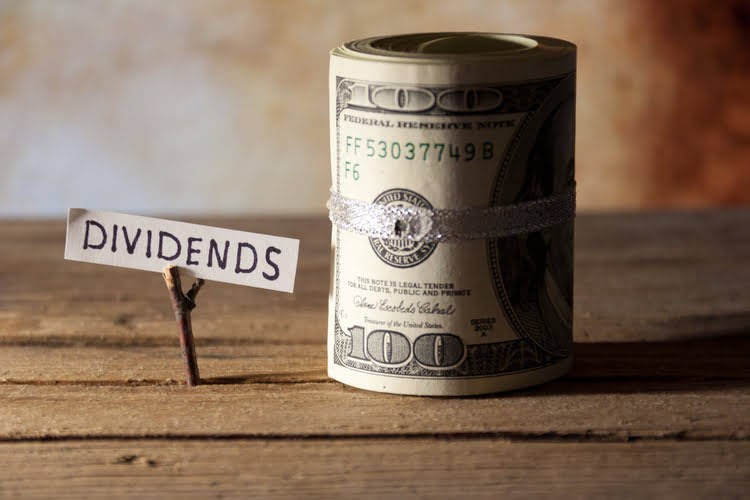
This refers to any expenses that fluctuate relative to the number of units the company produces, such as direct materials, direct labor, commissions, or utility costs. Fixed costs refer to expenses that do not change with production output, such as rent for your offices or salaries for permanent employees. Changes in these factors impact the cost per unit or total costs, making it essential to monitor and manage them for better cost control. For any business that is in pursuit of profit, it is crucial to understand and deal with variable costs.

#3 – Associated charges, Fees, and Commissions
- The same reasoning applies to a furniture manufacturer in that the costs of wood nails and varnish would increase with increased production rates.
- Machine learning algorithms will help predict fluctuations in demand, enabling efficient workforce planning and inventory management.
- The good news is there are powerful tools, like Katana, that were created to help manufacturers and the accountants that serve them calculate variable costs correctly.
- Such insights enable businesses to identify which products or services contribute most significantly to their bottom line and make informed decisions on resource allocation and investment.
- These are the primary inputs necessary for the finished goods and within them, the cost changes with the level of production.
By harnessing the potential of these innovations, businesses can pave the way for a more efficient, eco-conscious, and financially resilient future. Salaries are fixed costs because they don’t vary based on production or revenue. However, if you pay commissions for every unit sold on top of a salary, they would be variable costs. Variable cost per unit refers to the total cost of producing a single unit of your business’ product. It encompasses all necessary resources, including labor, materials, marketing, and anything else needed to sell the product.
Packaging and Shipping Costs

Sustainable variable cost management involves optimizing expenses while reducing environmental impact. They analyze the unique requirements of different clients and tailor their service offerings accordingly. By understanding the value clients place on their services, C&H sets appropriate pricing structures, maximizing revenue and profit while effectively managing variable costs for each segment.

Accurate pricing strategies
If you pay based on billable hours, commissions, or piece-rate labor rates (when workers are paid based on how many units they which group of costs is the most accurate example of variable cost? produce), these would be considered variable costs. The same goes for staffing more hourly wage workers (or having them work more hours) to meet increased production goals. Even though the amount it costs to produce a single unit of your product is fixed, the overall cost is variable, since the total amount will change depending on how many units you’re producing.
Variable Costs are Always High

Understanding variable costs allows businesses to determine the true cost of goods (per unit of product). This knowledge serves as a foundation for crafting competitive and profitable pricing strategies. A thorough understanding of variable costs empowers businesses to take charge of their expenditures. Organizations can strategically manage resources and optimize production levels by recognizing which expenses vary with production. Fixed costs include employee salaries, office rent, electricity bills, etc.

This expense is a true variable cost because it directly fluctuates with the volume of output. Direct labor costs, sales commissions, and shipping fees are other instances of variable costs. On the other hand, fixed costs are constant independent of the Certified Public Accountant volume of sales or the rate of production. Insurance costs can be classified as either fixed or variable costs, thus it’s critical to consider the type of insurance and how it relates to output or sales volume. Variable costs are expenses that fluctuate in direct proportion to the production level or the volume of goods and services produced.
- In this guide, we’ll break down everything you need to know about variable costs.
- Some are hired hourly; others have a fixed salary—paid at the end of the month.
- Use data analytics tools to identify patterns and trends, enabling you to make informed decisions on cost optimization.
- A higher contribution margin indicates greater profitability for each product or service sold.
- Products with high variable costs applicable to their revenues may be less profitable and such is the case with lower variable costs products which has better margins.
- In her spare time, Kristen enjoys camping, hiking, and road tripping with her husband and two children.
Improved Profitability
Fixed costs are often seen as unavoidable—employee salaries, electricity, rent, and office expenses. Variable expenses, on the other hand, are often seen as discretionary. Maintenance costs are a good example; maintenance is essential but can be delayed if there’s a Bookkeeping for Painters cash crunch. Lean production focuses on minimizing waste and maximizing efficiency, which can greatly reduce variable costs in manufacturing and operations. Knowing the variable costs helps allocate resources based on potential returns and profits.

